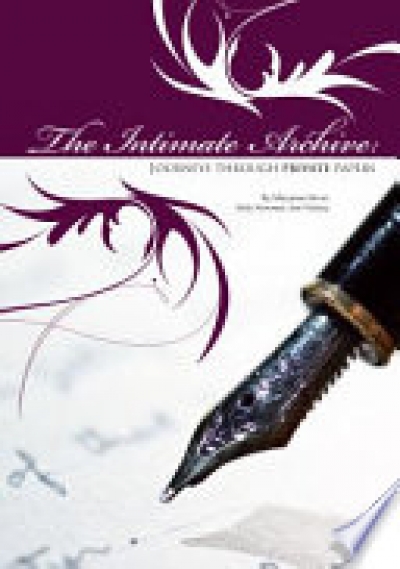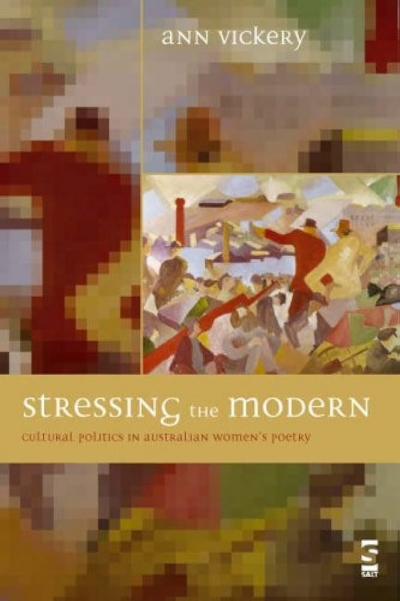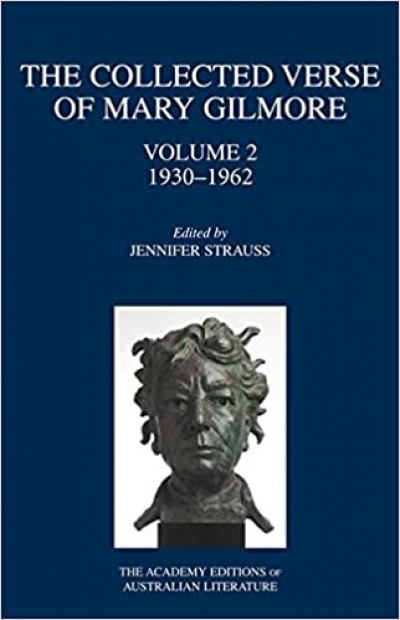Ann Vickery
Good poetry uncovers the secret in the manifest, and the manifest in the secret. Three new collections throw this paradox into vibrant, unsettling relief. Each book deserves a broad readership. Each beats back the lethargic thinking that has invaded society under the cover of the pandemic.
... (read more)Before you could say Jack Robinson, I was posting / a letter in the box that looks like a lean-to / at the crepuscular end of the mind. The fire-fangled glow / from the South kept sending small birds into the air ...
... (read more)The Intimate Archive: Journeys through private papers by Maryanne Dever, Sally Newman and Ann Vickery
by Sylvia Martin •
Stressing the Modern: Cultural politics in Australian women's poetry by Ann Vickery
by Jennifer Strauss •
The Collected Verse of Mary Gilmore: Volume 2, 1930–1962 edited by Jennifer Strauss
by Ann Vickery •
Metre: A magazine of international poetry edited by Simon Caterson
by Ann Vickery •




